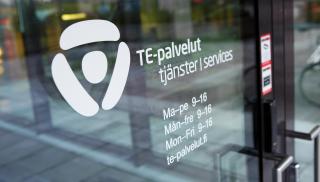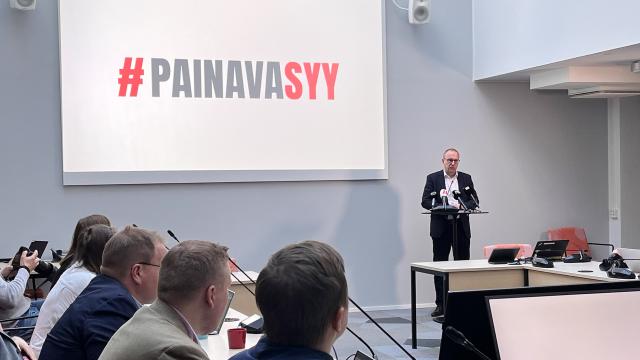No new activation model stage two for Finland
The right-wing Finnish Government introduced, at the beginning of 2018, the so called activation model whereby an unemployed jobseeker forfeits 4.65 percent of his or her benefit if they are deemed to be less than active in their search for employment.
The trade union movement vehemently opposed the legislation, claiming it was unfair and sought to penalise those who were unemployed. For many people it would not be even theoretically possible to meet the criteria, the unions asserted. These warnings were ignored and what was predicted would happen did happen with a large number of jobseekers seeing their benefits cut.
After a heated debate the Ministry for Economic Affairs and Employment set up a tripartite working group to develop further the activation model and made a proposal for a so called activation model stage two.
The Ministry proposal included a demand for those in search of work to make at least four job applications every month and do further reporting on progress in job seeking efforts. If this was not done, escalating penalties would follow.
The new demands would not serve to replace any of the existing ones but rather to compliment them.
Too complicated
Alli Tiensuu, Labour Policy Specialist at the Central Organisation of Finnish Trade Unions SAK was a member of the working group.
The new rules would have made the unemployment benefit system even more complicated and more difficult to understand, she says. "We want to make unemployment security simpler and clear, not more complicated."
SAK stresses that the duties of unemployed people must always be based on a clear plan for becoming employed, based on the personal situation of the jobseeker.
"The activation model has shown that, for example, older people and those partially disabled have major difficulties to meet the activation model criteria. For this reason we need an individual employment plan."
Katarina Murto, Director of the Finnish Confederation of Professionals STTK says it is of course clear that an unemployed person has a duty to look for a job. But the proposed stage two model is centred around job seeking based on a mechanical system.
"This leads to very ambiguous decisions when judging whether the unemployed person has been acting correctly or not", she said last June when the Ministry proposal was published. Murto also asks for more personal services for unemployed jobseekers.
Heikki Taulu, Economist of Akava, the Confederation of Unions for Professional and Managerial Staff in Finland, said in June that there is a contradiction between the goals and reality of the activation model. One might see benefits cut regardless of how active one is in looking for a job, he said. Akava see this as problematic, he said.
The parliamentary elections will take place on 14 April. As the working group has failed to reach any consensus, the sitting Government will not make any new proposal either.
Heikki Jokinen / Freelancer
News
 The Central Organisation of Finnish Trade Unions
The Central Organisation of Finnish Trade Unions



